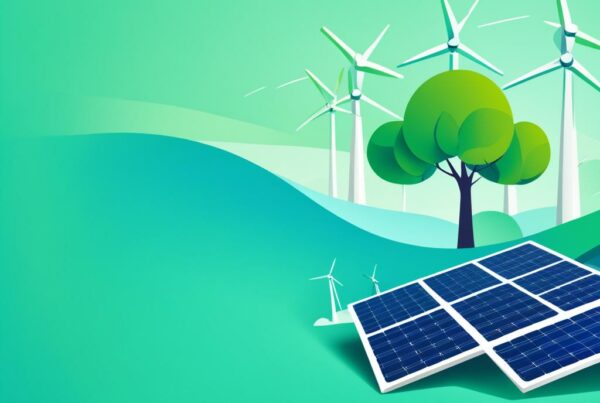Nowadays the line between an app, a website and a PWA is admittedly blurred. When you’re shopping around for the latest in online customer interfaces, it is more difficult to see whether you’re getting good value for money, or even if what you get actually qualifies as a PWA.
Therefore, following on from our article: What Does “Progressive Web App” Mean? comes this guide to the 4 characteristics, as a very minimum, that you as a customer should demand from your PWA.
- Progressive
- Reliability
- Engagement
- Speed
Progressive
As the name suggests, this is the defining characteristic of a Progressive Web App. The other three principles of a PWAS all rely on this one. Progressive means that essential functions of your PWA are always stored and ready to go, no matter how poor or non-existent the internet connection – even in flight mode. As you move into areas with WiFi or better internet coverage, the PWA progressively releases more functionality.
Reliability
Following on from above, Progressive means reliable. A PWA will open on demand, any time, any place, anywhere. This is crucial to build engagement and repeat visits from your users.
It is “device-agnostic” – it will function just as well on an Android, Apple or Windows phone and it is “browser blind”. Chrome, Safari, Firefox… whatever you use to access the Internet is fine by your PWA.
Engagement
If the experience is frictionless (without frustrations of slow to load, or several clicks required to get to what you want, etc.,) customers will remain longer. There are obvious advantages of this: impressing your brand, products or services indelibly on users’ minds; selling more, etc. But it also impresses Google, which counts bounce rate: how long it takes for visitors to your site to lose interest and look at something else. The longer they are on your PWA the better, of course.
For the avoidance of doubt, it is always advantageous to keep in Google’s good books, as it will prioritise you in search results.
Speed
Again, progressive means fast-opening.
Once the PWA is loaded onto a device, it deploys rapidly, as soon as it is clicked. Fractions of a second make a massive difference in the online world. In the time it takes to say “customer engagement is crucial for retention”, a significant proportion of people will have lost patience waiting for a web page or an app to open.
Page-loading speed is another metric that Google uses to score your website/PWA.
Hard Cache
All of the above rely upon the cache in your mobile device. Traditional websites have long used “caching” to speed up page loading times and now PWAs are exploiting the same resource.
In short, caching speeds up a website reliably without losing any quality or content. As PWAs combine the best of websites and apps, they logically use caching.
What Is Caching?
Imagine your device like the doorman at a swanky members-only club. The first time each member turns up the doorman has to check their ID against his list of members. But the next time the doorman remembers and recognises the faces he has seen, especially the VIPs, so they get waved right through. This massively and efficiently speeds up the entrance process.
And so with your device. The first time you visit a website, the device encounters all sorts of HTML code, stylesheets, fonts, etc., which it needs to read and process in order to display the page correctly. Caching means the device can store all this pesky but vital information so that the next time it opens that page it does so in a fraction of the time.
This means that the users of your PWA – your actual and potential client base – enjoy a consistently positive experience, which translates to the way they feel about you and your brand. Other apps and websites on their phones might behave unpredictably and get flaky when outside perfect coverage but your PWA will give them VIP access every time.
Internet Creation Ltd. specialises in Web Design & Development, Graphics Design and Digital Marketing (SEO & PPC). For more information on how we can help your business, email [email protected].





